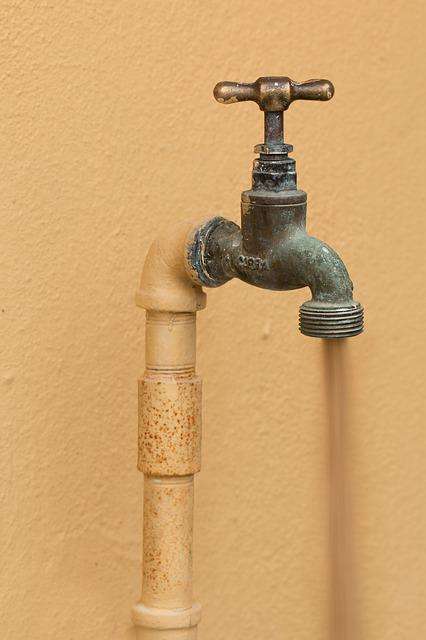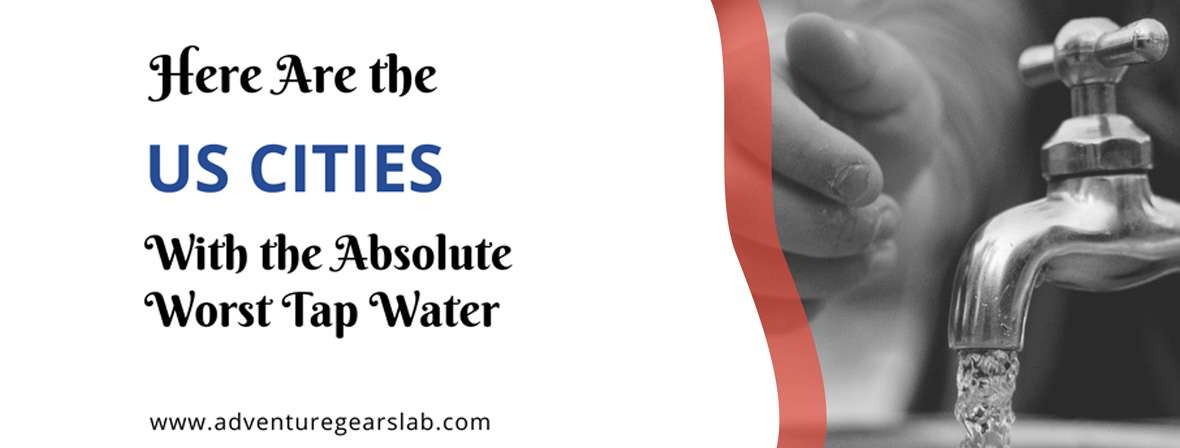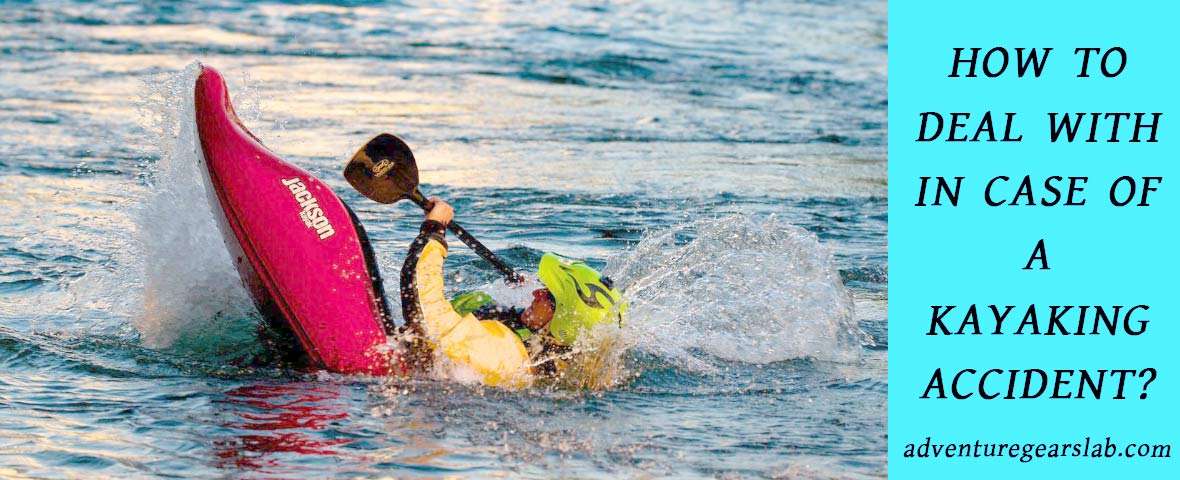Water quality is a viable measurement of quality of life in any given city. When the quality of drinking water is poor in a city, children suffer the most. While the EPA ranks each city's water drinkability with its own set of guidelines, the rubric has not been assessed or updated in years.
It may no longer be sufficient to account for regulated and unregulated contaminants that could be found in city water. While people look to city officials for clean water assurance, water supply infrastructure is often severely flawed and unreliable.
In order to ensure that shower and sink water in a home is properly filtered and contaminant-free, citizens of major cities are encouraged to utilize at-home water filtration systems. Installing a showerhead filter removes harmful minerals and chemicals that may be in your water supply.
A common chemical found in city water is chlorine, because it is a natural water supply disinfectant. However, regularly coming in contact with it can be harmful over time to your skin and respiratory system. A showerhead filter drastically reduces the amount in your shower water.
Even by taking water filtration into your own hands, there are still many cities in the US that are notorious for their undrinkable tap water. So, which cities have the worst tap water?
11. Pittsburgh, PA
In 2016, it was revealed to Pittsburgh citizens that their city’s water was full of lead. The lead pipes and pumps that carried water throughout the Steel City were failing dramatically, and action needed to be taken.
Lack of leadership and insufficient funds led the entire city to suffer the effects of tainted tap water, while authority figures scrambled to help the community. It was an absolute crisis for The Pittsburgh Water and Sewer Authority, or PWSA, but they were able to eventually exceed expectations with proper water treatment.
Even in 2019, 80% of drinkable water systems in Allegheny County had detectable levels of lead. While levels are now the lowest in 20 years, there is no safe level of exposure. The PWSA is working on water quality testing and improved filtration processes, but the average water and sewage bill is rising.
What is already $100 a month could rise above $240 per month within the next decade or two. Not to mention the potential lifetime effects on those who consumed the tainted water. Pennsylvania remains a state with some of the highest rates of children with lead levels, disproportionately affecting those in poverty.
10. Newark, NJ
The city of Newark and New Jersey state are facing a citizen suit after repeated failed attempts to solve the city's lead-poisoned water crisis. The NEW Caucus, Newark Education Workers, feared the devastating effects that ingesting water would have on the city's children.
In 2016, they found record high levels of lead in the water in Newark schools. By 2018, the lead levels were the highest of any major city in the country.
Newark officials have finally instilled a new water treatment system that is lowering lead levels. On top of that, the city has supplied at-home water filters to 40,000 homes. In January of 2021, Newark and the NEW Caucus, and other city organizations agreed on a settlement.
Along with providing at-home water filters, Newark agreed to offer free water testing and public information that educated citizens on proper water filtration dos and don'ts.
9. Brady, TX
The water in the city of Brady has a total of 12 detected contaminants that exceed health guidelines. Among the contaminants was potentially cancerous arsenic. From 2019 to 2021, the city's water system complied with legal drinking water standards.
However, just because it is legal does not always mean it is safe. Contaminant legal limits have not been updated in almost 20 years. Properly utilizing an activated carbon or reverse osmosis water filter at home can prevent further consumption of the polluted water.
While the small city works to find funding to improve its water quality, the tap water remains unsafe according to EPA standards.
8. Baltimore, MD
By the EPA's standards, Baltimore's tap water is drinkable — but this does not mean that it is healthy by any means. There can still be regulated and unregulated contaminants detected in trace amounts that lead to lifelong negative effects.
Even if the city's water testing comes back negative for traces of lead, there can still be the risk of lead pipes in individual buildings. Baltimore has faced concerns about the levels of chlorine in the city's water supply. While it is used to kill other bacteria, it can pose its own health damages to people. Citizens can take it upon themselves to filter shower and skin water before using in order to minimize the risk potential.
A major concern for Baltimore water quality is the high levels of turbidity found in the Druid Lake reservoir. This means the water is clouded with dissolved contaminants that are not visible to the eye.
Not only does this pose major virus and parasitic dangers, but it also means a potential drinking water shortage. Citizens are relying on city officials to provide them with peace of mind and safe drinking water.

7. Dos Palos, CA
Since 2013, the city of Dos Palos has failed water quality testing a whopping 22 times. At this point, citizens turn to bottled water for everyday needs in order to survive. There are a total of 11 contaminants found in the city's drinking water with 9 of those exceeding health guidelines.
The water emergencies the people of Dos Palos face completely halt basic life. In 2018, water was shut off for days due to an algae clog. While temporary filtration systems were put into place, this is just another uphill battle in an exhausting war for drinkable water.
6. Charleston, WV
The drinking water in the city of Charleston is polluted with "forever chemicals" known as PFAs. These chemicals can be found in Teflon, carpets, and other stain-resistant materials. PFAs do not break down in the body, so no levels are recommended.
The EPA does consider Charleston's water safe to drink, but the standards do not count for city lead piping or other unregulated pollutants. As a way to purify drinking water at home, citizens can purchase double osmosis water filters that remove up to 95% of possible water contaminants.
5. Miami FL
While Miami's tap water meets the EPA's health guidelines, it is still at risk for unregulated pollutants. 90% of Miami's water comes from groundwater sources and the Biscayne Aquifer. Because rainwater is processed through holes and rocks below ground level, it has the potential to pick up more contaminants. Anything from nearby landfills, farms, or hazardous waste dumps could pollute the tap water.
Miami wateris known to host traces of PFAs. In fact, it ranked third highest in the nation in 2019. Even though the contaminant levels are not enough for the EPA to flag the drinking water in Miami as unsafe, it doesn't mean the tap water is healthy.
4. Houston, TX
There has been a literal change to the taste and smell of Houston's tap water because of detected algae bloom byproducts known as geosmin and MIB. Roughly 85% of Houston's drinking water source comes from the nearby lakes and rivers.
While the geosmin and MIB are reportedly not harmful to consume, they can give drinking water a fishy taste and smell. The water does still meet federal regulations. While the algae bloom is only a seasonal event, Houston has had its fair share of water violations over the last few years. Because the city's drinking water is inconsistently clean and can have a funky smell or taste, a filter for drinking water is recommended.
3. Reno, NV
Most of Reno's drinking water supply comes from lakes and rivers, leaving it susceptible to unregulated groundwater pollutants. There have been many contaminants found in Reno's water that exceed health guidelines, such as arsenic. The long-term effects of ingesting arsenic include many conditions, such as an increased risk for multiple types of cancer.
Reno drinking water also has traces of chlorine. While adding chlorine to city water is a normal method to killing bacterias, it poses its own damage when ingested. There's also serious concern in the Reno community about the detected traces of copper and lead in the water. While Reno's tap water may meet EPA's standards, it is not up to par for its concerned citizens.
2. Modesto, CA
While Modesto does not have any current water act violations, there are traces of 41 total contaminants. The current tap water quality does meet EPA standards, but that does not ensure safety.
There are no safe levels of consumption for contaminants like lead and copper. People resort to bottled waters to steer clear of the inconsistent tap water, especially in Modesto schools, where polluted water can have the most dangerous effects. Installing a water filtration system is recommended to reduce the levels of these dangerous pollutants.
1. Flint
The water crisis in Flint, Michigan was extremely high-profile in the media, yet remained a prominent issue from 2014 to 2018. Lead levels in the water were out of control. All children under 6 years old needed to be treated for lead exposure, one of the most harmful things for a child.
Poor planning created bigger problems like an outbreak of Legionnaires Disease that killed 12 and affected 87 others. This was likely due to unmaintained levels of chlorine that resulted from a poor attempt to disinfect the water.
By 2018, levels of lead and other contaminants began to fall below federal action level. The next issue to tackle is lead piping, which is how most citizens of Flint receive their drinking water.
While the headlines may move away from Flint, it is important to remember what a devastating water crisis this was. Those children must be monitored for potential lifetime health side effects from being exposed to certain pollutants.
Why should you care?
When you pour yourself a glass of water, how often do you question what’s actually in there? For many people, this question plagues them every single day. They can eat healthy 100% of the time and do everything in their power to provide their family with a good life.
However, if their city’s water quality stays poor, then they continue to face serious health risks every day. Where their trust should lie in city officials, citizens are instead being forced to take water filtration into their own hands.
Besides making the transition entirely to bottled water for everyday tasks, the best answer to purifying water lies in at-home water filters. Without filtered water or regular quality testing, you risk water act violations or undetected contaminants — some of which are legal in the eyes of the EPA, but remain concerning.
Again, no level of lead is recommended. It is not enough to have low levels, there needs to be complete erasure from the tap water, so that children are not having to be treated for exposure. There are serious potential lifetime risks once lead or high levels of chlorine have been ingested.
There is a larger issue at hand, especially when a lack of funding is to blame for letting city water systems fall apart. Failing systems like lead pipes need action to prevent poorer water conditions. We need to listen to the citizens. The water crisis of Flint led to a media storm before the citizens were finally able to incite actionable change.
It is not going to be solved overnight but it deserves serious attention to be fixed. While at-home showerhead filters do a lot to purify drinking water, citizens of any given city should not have to worry about what's in their drinking water.









